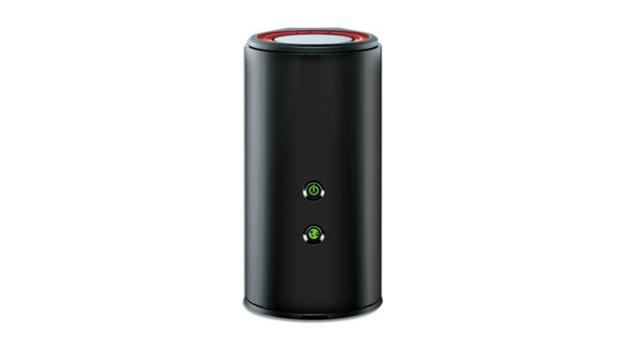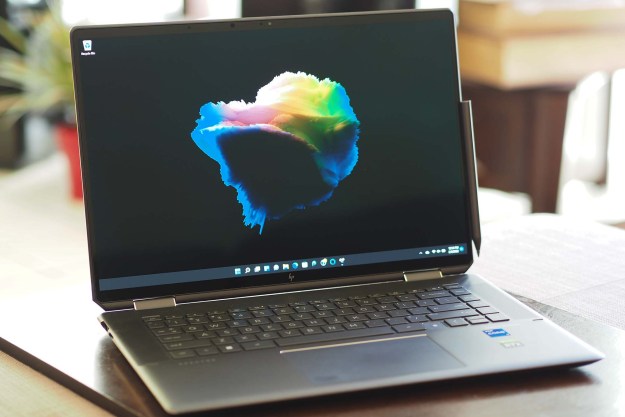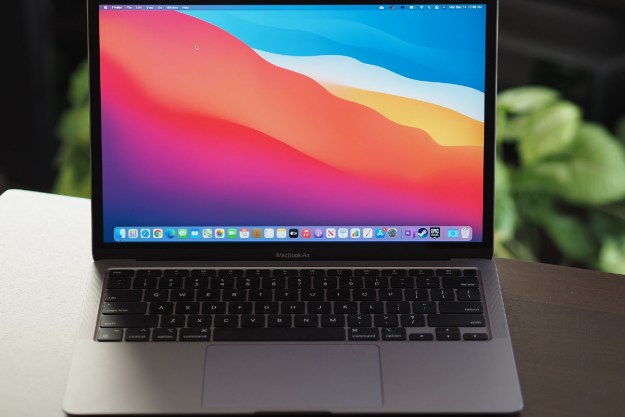 When you’re playing Team Fortress 2, you just can’t afford to have your Internet slow down for even a split second because your character will likely be killed by the time you’re back in the game. It’s doubly bad when you find out it was your bratty little brother who was hogging the bandwidth by streaming The Avengers for the upteempth time, just when you’re about to capture the point.
When you’re playing Team Fortress 2, you just can’t afford to have your Internet slow down for even a split second because your character will likely be killed by the time you’re back in the game. It’s doubly bad when you find out it was your bratty little brother who was hogging the bandwidth by streaming The Avengers for the upteempth time, just when you’re about to capture the point.
While it’s easy to blame your service provider for your slow connection and limited bandwidth, your router can also do much more to maximize the service you’ve got. With new routers like the D-Link DGL-5500 supporting Qualcomm’s StreamBoost technology, which manages Web traffic based on what the device and applications need, you’ll have a lot less traffic jam in your network.
According to Qualcomm, most routers give the same amount of bandwidth to every device and application, which causes lag and buffering for more intensive applications like streaming videos on YouTube, and allots way too much bandwidth for something as simple as downloading a Word document. StreamBoost technology, on the other hand, automatically drills down to the exact device and app to determine what content deserves priority.
In addition to SpeedBoost, the D-Link DGL 5500 router is packed with a lot of other technologies. Not only does it support the latest Gigabit Wi-Fi standward, 802.11ac, it also offers four Gigabit Ethernet ports on the outside for the fastest connection available. Don’t worry if you don’t have Google Fiber-level Internet speeds: you can still use this router to manage your Web traffic as it’s backwards compatible with previous networking standards (802.11n or later). As a dual-band router, your less intensive Web surfing will be reserved for the 2.4GHz band, while your gaming and media streaming will be on the interference-free 5GHz band. There is also a “Share Port Plus” USB port on the device that D-Link is promising to bring new uses through future firmware updates, but the company is keeping mum on other plans for the router for now.
If you don’t mind its bold design (you won’t be able to tuck this router under the couch), the D-Link DGL-5500 gaming router is available for pre-order from Newegg for $200, but you won’t receive the actual device until August 1.



